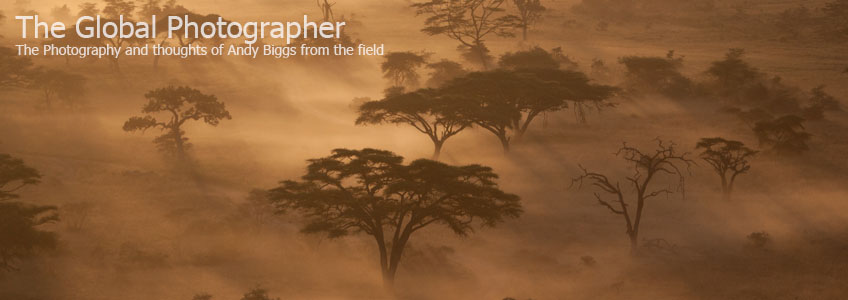Depth of Field and Angle of View
 Monday, February 11, 2008 at 11:24PM
Monday, February 11, 2008 at 11:24PM A few months ago I wrote an article about depth of field and how I approach what f/stop to use for a given situation. However, this isn't the end of the story. Sometimes I have ISO limitations, shutter speed limitations or shooting position limitations. Shooting position limitations? You bet. I think of my safari vehicle as a huge tripod with four wheels. I am never perfectly happy with any shooting position, so I find myself needing to move the vehicle forward or backward to tweak my composition.
However, sometimes I cannot move backward or forward. I might have trees in the way or other safari vehicles. To improve my shooting position, I also consider the difference between shooting from the window or from the pop-top roof in the Land Rover. I do prefer to be at eye level with my subjects, so I often move to the window position. The difference in 3 feet of height can be quite significant. Here are a few benefits:
Background becomes more out of focus, as distance from subject to background is greater. Think about it. If you shoot from a steep angle down at a subject that is lying on the ground, like the image below, you will have the grass on the ground much closer to the lens. If you shoot from a lower position, you are now shooting with the background much farther away. So you end up with a smoother, softer background.
The connection between you and your subject is much more intimate.
Examples:

400mm f/4 @ f/5.6

Shot taken from the window of a Land Rover
400mm f/4 @ f/5.6
Notice the much softer, smoother background.
 News,
News,  Techniques
Techniques 




















